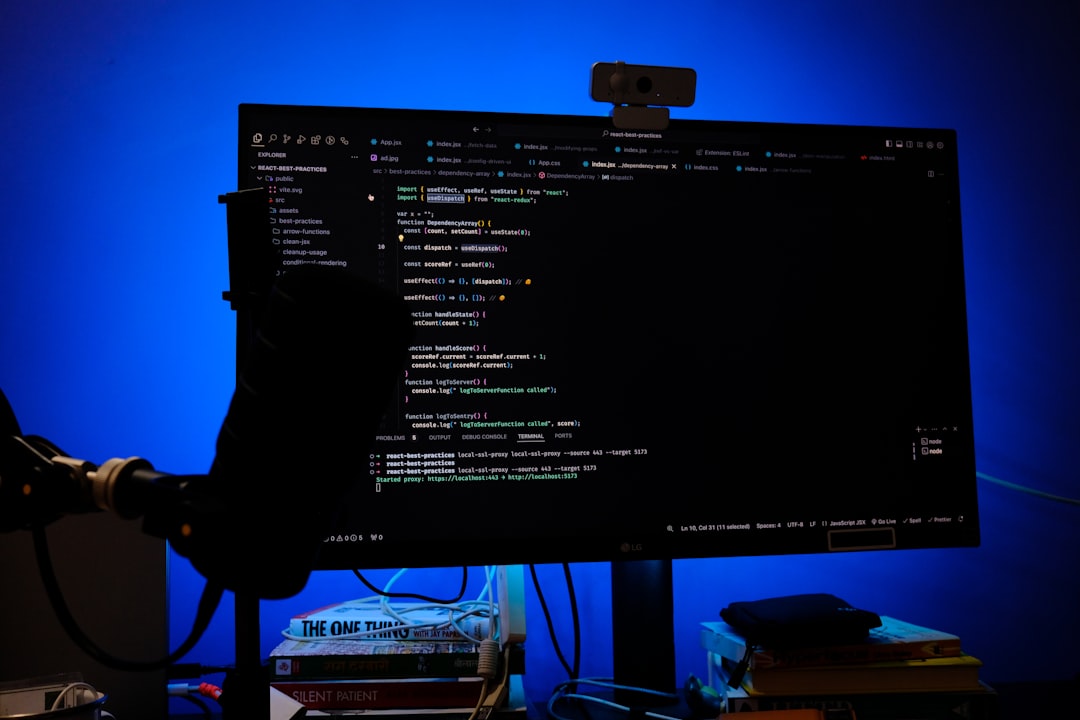Many developers venture into the world of Android app development with dreams of creating the next big thing, only to find themselves grappling with bugs, inconsistent behaviors, and countless edge cases. The truth? Android app development is tough. But instead of throwing up your hands, it’s time to roll up your sleeves. The road might not be smooth, but it’s one filled with opportunity, challenge, and growth.
So, why exactly is Android development so demanding? And more importantly, how can you stop whining and start conquering? Let’s dive into the reality of Android development and what it takes to truly succeed.
1. The Fragmentation Challenge
One of the biggest hurdles in Android development is device fragmentation. Unlike iOS, which has a limited number of models, Android runs on thousands of different devices, each with its own screen size, OS version, hardware capabilities, and manufacturer customizations.
This means your app needs to be robust, responsive, and adaptable to run smoothly across this wide variety of gadgets. Testing on a few devices isn’t enough. You’ll need to embrace emulators, cloud-based device farms, and actual hardware to truly ensure compatibility.
- Different screen sizes: Tablets, phones, foldables, smart TVs – all with variable resolutions.
- Multiple OS versions: Not all users update their systems, so you need backward compatibility.
- Manufacturer customizations: From Samsung to Xiaomi, custom skins can cause unique issues.

Rather than complain about fragmentation, treat it as an opportunity to build flexible and forward-thinking applications. Mastering layout tools such as ConstraintLayout, and understanding the nuances of density-independent pixels (dp) vs pixels (px), will save you countless headaches down the line.
2. The Complexity of the Android API
The Android SDK is vast and powerful, but it’s not without its flaws. Over the years, it’s grown to support numerous features – from sensors and Bluetooth connectivity to geolocation and background services. While this rich ecosystem offers endless possibilities, it also poses a steep learning curve.
Being proficient in Android development isn’t just about writing good Java or Kotlin code. It’s about understanding deeply how the platform operates – from activity lifecycles and memory management to broadcast receivers and threading.
Core complexities include:
- Handling the ActivityLifecycle correctly to avoid memory leaks and crashes.
- Managing background tasks effectively with tools like WorkManager, JobScheduler, and foreground services.
- Understanding asynchronous programming with coroutines and LiveData.
This is where the difference between good and great developers becomes apparent. Instead of being overwhelmed, adopt a mindset of continuous learning. Break down the SDK into manageable areas and master them one at a time.
3. The Tooling Maze
Android Studio is a brilliantly powerful tool – when it works. It’s no secret that at times it can feel bloated and slow. Plus, frequent updates can introduce new bugs or break your build. Add Gradle into the mix (Android’s build system), and things can get even more confusing for beginners.
Common tool-related struggles:
- Build errors caused by misconfigured dependencies.
- Gradle sync failures during updates.
- Slow emulator performance with heavy apps.

The key here is not to panic. Tooling problems are often solved with patience – and Google searches. Investing time in understanding how Gradle works can save you hours in the future. Learn how to optimize build configurations, use flavors and build types efficiently, and troubleshoot dependency conflicts like a seasoned developer.
4. The Importance of Design and UX
In a competitive app ecosystem, good code isn’t enough. Your app must look and feel polished. Android design guidelines have evolved significantly over the years, especially with the introduction of Material Design. But implementing Material Components correctly can be anything but straightforward.
Developers often underestimate how crucial a smooth UI interaction is. Animations, touch feedback, transitions, and layout responsiveness all contribute to how users perceive your app’s quality.
To stand out, you must:
- Use ConstraintLayouts and MotionLayouts effectively to create dynamic, responsive interfaces.
- Understand design tokens like elevation, shadows, and ripple effects.
- Test your interface across different screen orientations and input types.
Being both a developer and a design-thinker is a challenge, but one worth taking on. This duality is part of what makes Android development uniquely demanding – and fulfilling.
5. Odd Behaviors and Low-Level Bugs
It’s not uncommon to chase a bug that appears only on certain OS versions or only with specific APIs that behave unexpectedly. Memory leaks, ANRs (Application Not Responding), or UI glitches can be daunting to diagnose and fix.
To address these, you should arm yourself with tools like:
- LeakCanary for memory leak detection.
- StrictMode to catch operations on the main thread.
- Firebase Crashlytics for real-world crash reports.
Bugs are inevitable. Treat them as puzzles. The more you solve, the sharper your instincts become. Building resilience in debugging will separate you from amateur developers still stuck protesting “why doesn’t this work?”
6. The Ecosystem Demands Continuous Learning
Android is not stagnant. With every Google I/O, there are new announcements: Jetpack Compose, Hilt for dependency injection, new architecture components, Android 14 features… and the list goes on.
This isn’t a platform where you can stay still. As an Android developer, you’re on a treadmill of evolution – and that’s exactly what makes it exciting.
You must stay updated and adopt modern best practices:
- Use Jetpack libraries to simplify development and reduce boilerplate.
- Embrace Jetpack Compose for a declarative UI approach.
- Apply MVVM architecture, data-binding, and state management effectively.
Attend webinars, follow the Android Developers Blog, subscribe to newsletters like KotlinWeekly, and never stop learning. View the ecosystem’s evolution as a motivator, not a burden.
7. Monetization and User Expectations
Even when your app runs smoothly, challenges remain. Users expect apps to be fast, intuitive, regularly updated, and often free. Balancing monetization with user experience is no easy task.
Should you go ad-supported? Freemium? In-app purchases? Or just go premium with a one-time purchase? Each model affects how you build and support your app.
Moreover, you’ll need to:
- Integrate analytics to understand user behavior.
- Respond to user feedback and iterate quickly.
- Handle app store optimization (ASO) and marketing strategies.
It’s not just about the code – it’s about building a product. A product that people like, share, and recommend. That demands a lot more than coding skills.
Time to Conquer
Yes, Android development is tough. But you know what else is true? It’s worth it. There’s immense creativity, innovation, and reward in building apps that live in the hands of millions. Every pain point is an invitation to grow. Every failed build is an opportunity to learn.
So stop whining about your Gradle errors or layout issues. Treat every challenge as a stepping stone. Every crash, every bug, every steep learning curve – they’re part of your transformation from a struggling coder into a seasoned Android developer.
Embrace the complexity. Harness the chaos. And most importantly, keep building.

